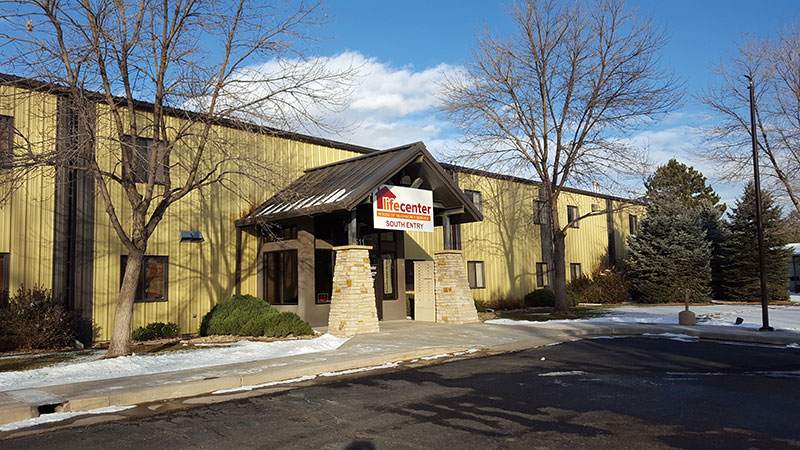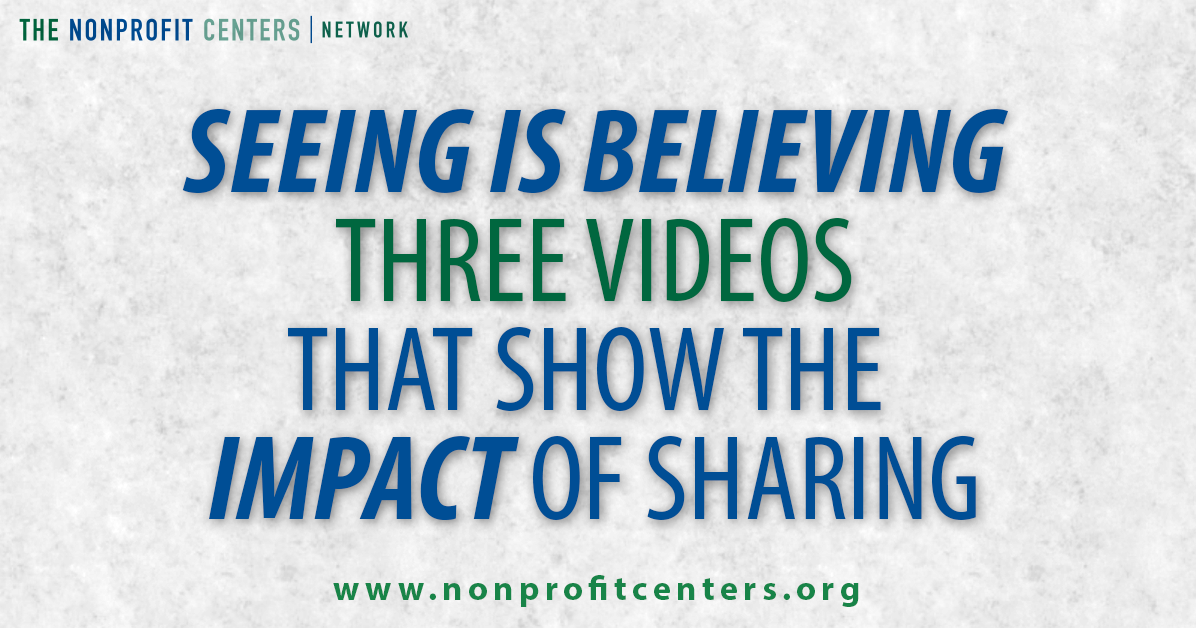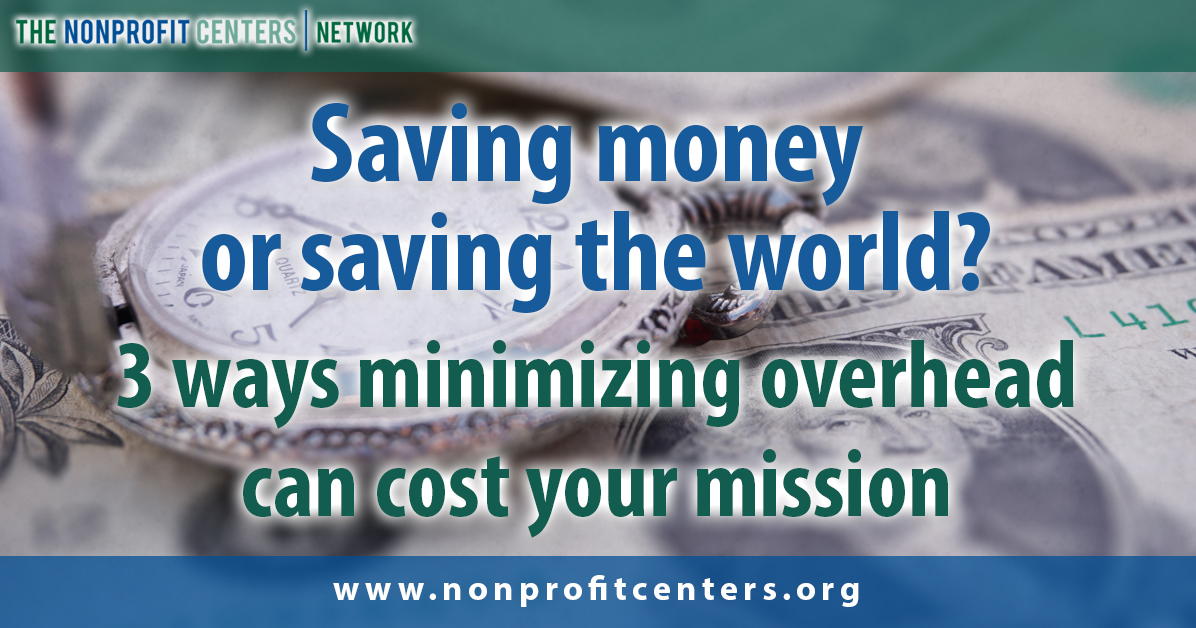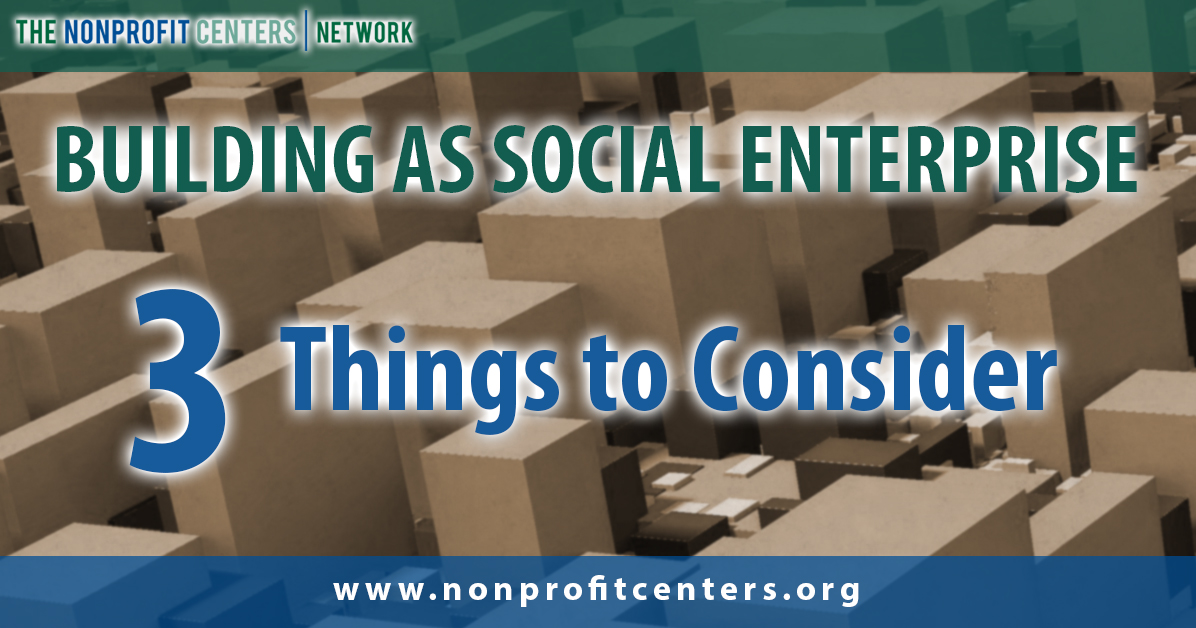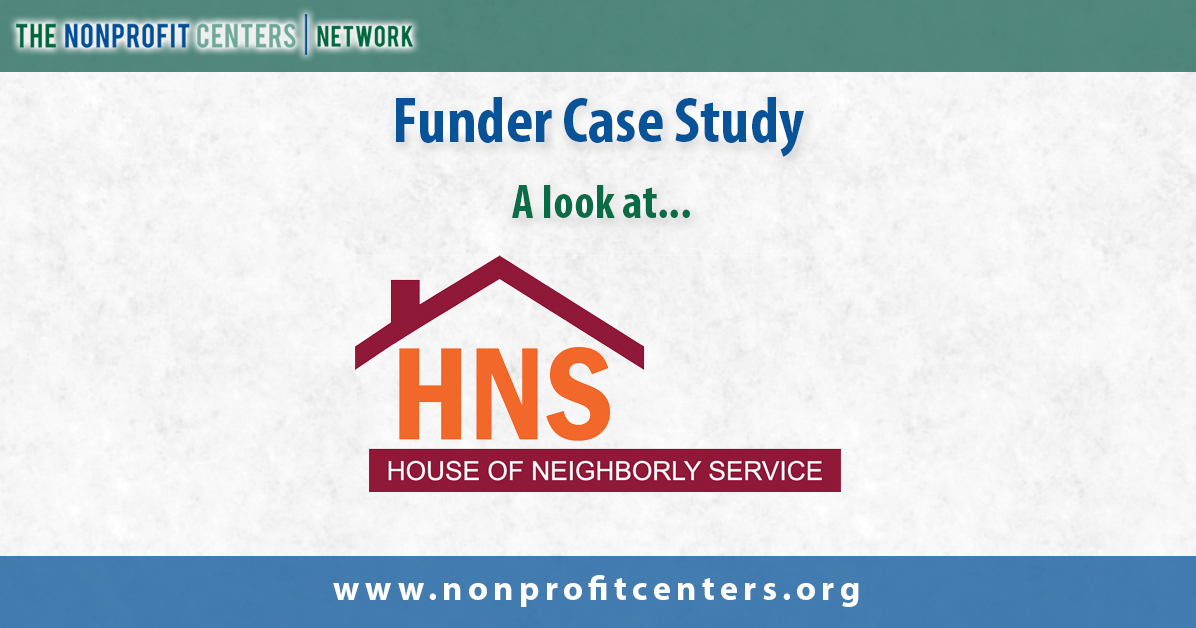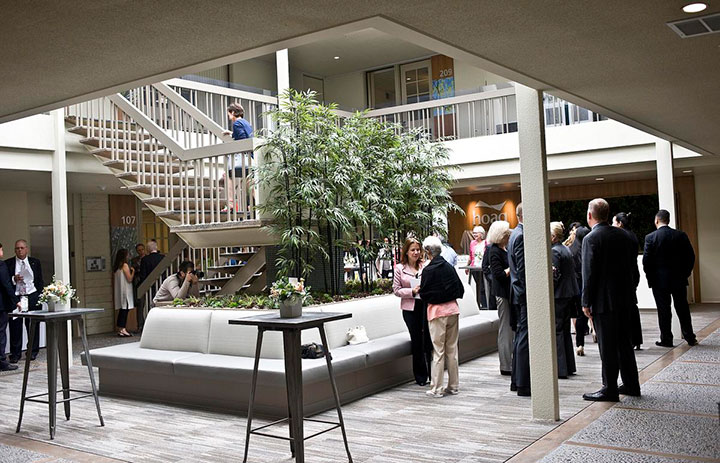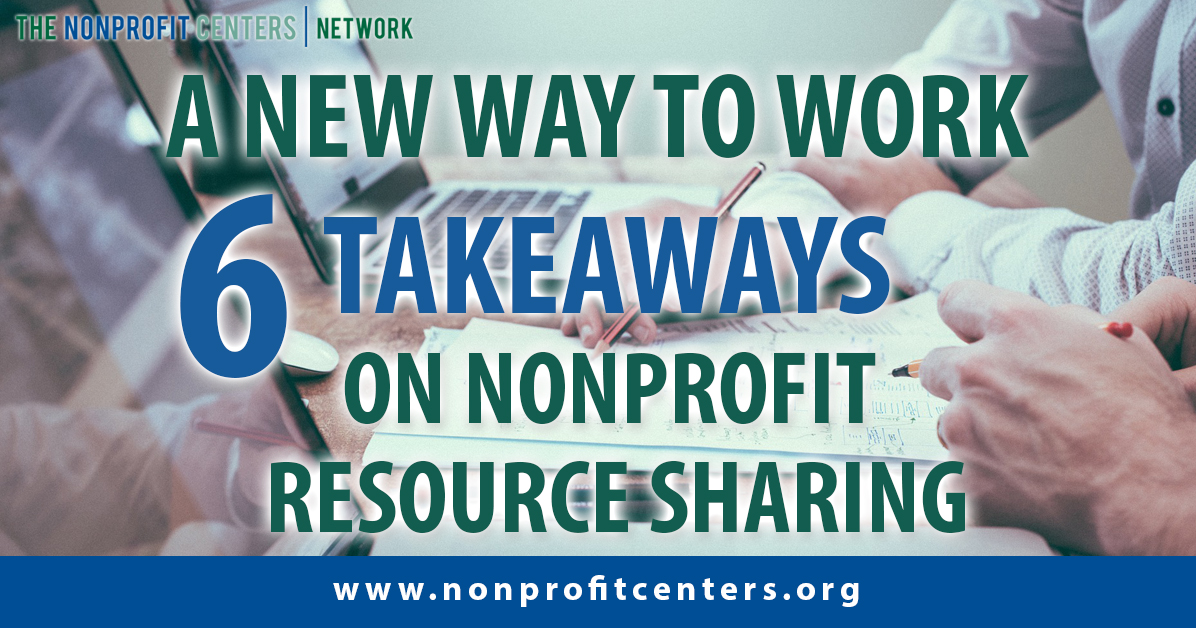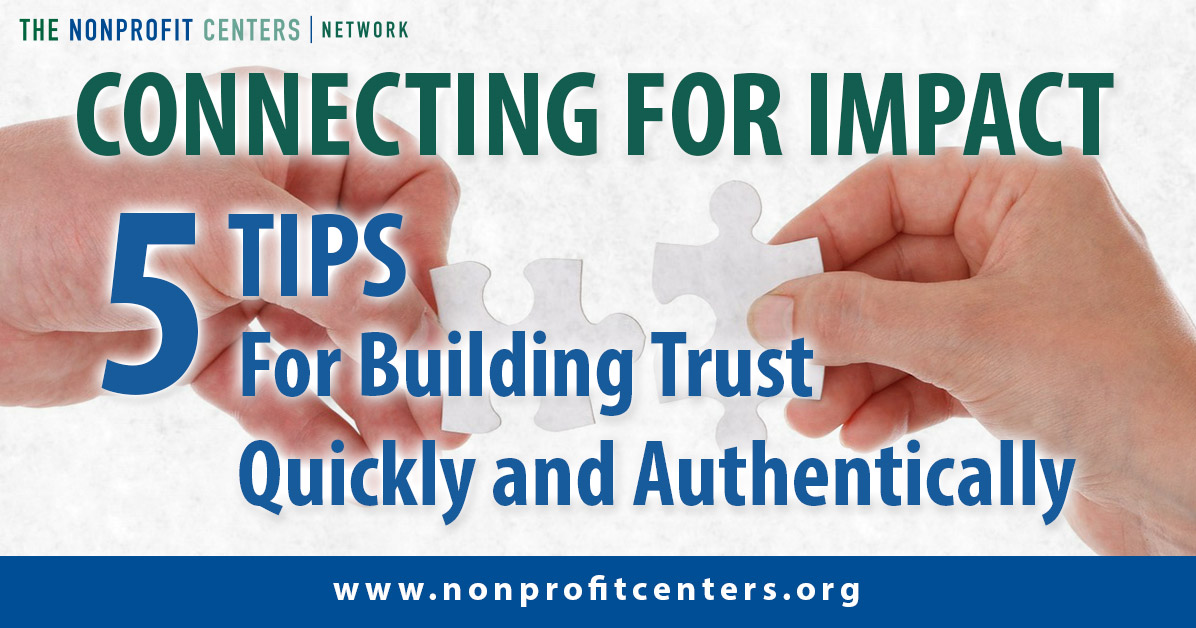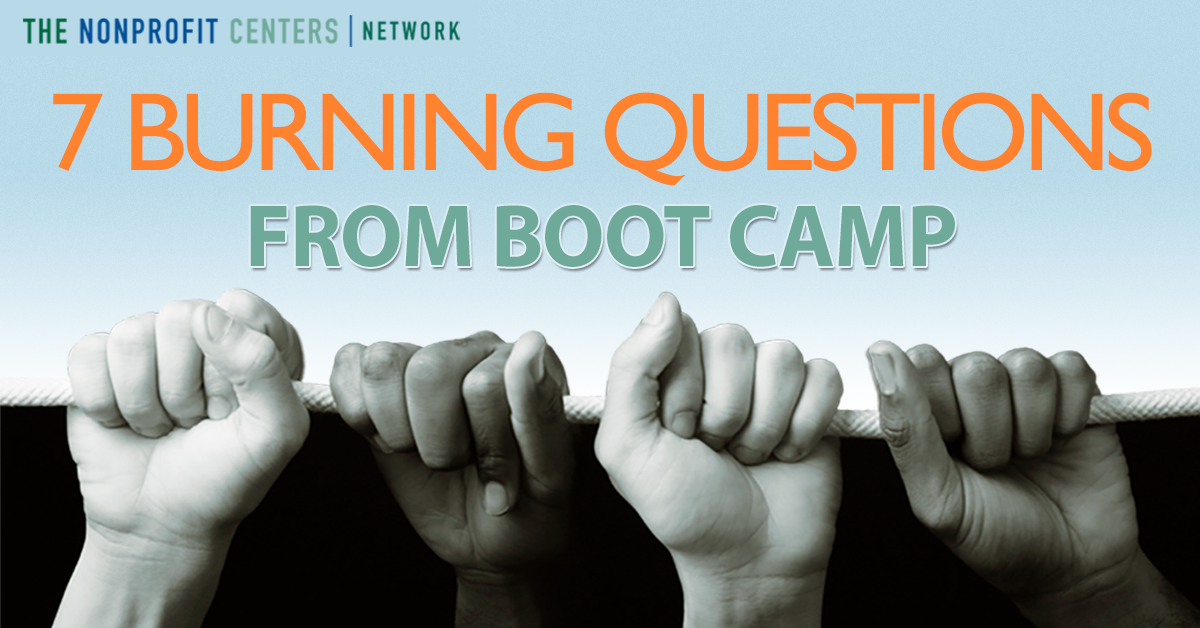When you need help In Loveland, Colorado, where do you go? The HNS LIFE Centers takes a holistic and integrative approach to services for people experience poverty or situational crisis.
If a picture is worth a thousand words, then what is a video worth? Here are a few of our favorite videos to showcase the model of sharing. Take a moment to check out three different models of shared space!
Theme Center: Posner Center for International Development
Denver, CO
Service Center: Together Center
Redmond, WA
Multi-Sector Center: Carroll Nonprofit Center
Westminster, MD
My consulting work takes me to all parts of the county, but so often I hear the same comments from community to community. “I can’t spend money on office space, because that takes away from my mission.” “How am I going to justify the overhead to my donors?” “If I spend $1,000 a month on office space that’s X number of people I can’t feed.” While every group I meet with has a unique flavor, the concerns are still the same. It’s an extension of the poverty mindset that most nonprofits live in. We need to move away from the idea that overhead is a necessary to evil towards thinking about all the ways that we can leverage our infrastructure to make a greater impact. Minimizing your overhead leads to other costs that can make a big impact on your work, particularly when it comes to office space.
- “Making Do” takes time, and time is money. I recently discussed finding meeting venues with a group of nonprofit leaders. Many said they were fine “making do” with free spaces in town. Those free spaces take time to find and book, not to mention set up. Sometimes you event have to buy and set up your own AV. Is spending hours setting up chairs and projectors the highest and best use of your staff time?
- The cost of decreased productivity. Free office space sometimes translates to “office space in need of major capital investment.” I recently heard the story of a nonprofit that has cheap rent, but in the summer one of the staff members must choose between running a computer or the air conditioner, due to the faulty wiring. I’ve also seen many nonprofit staff members shivering when the HVAC goes out and they can’t afford to fix it. You can’t be efficient and effective in these conditions.
- Lack of visibility. Many nonprofits operate out of church basements or off kitchen tables with a webpage, an e-mail address, or a phone number. Without a physical presence, you could be missing out on a chance to connect with your stakeholders, especially those that don’t have access to the world wide web. Having an office raises your profile with funder too. For the vast majority of nonprofit organizations, you need to be easily found.
As you’re struggling to justify the membership fee for a coworking space or a month’s rent in a nonprofit center, I encourage you to think about all the ways that being in a high quality office space helps you meet your mission. It’s worth the investment.

In the wake of the election, no matter who you voted for or if you were watching from the North, the results have shown the true polarities of opinions, emotions, classes, and struggles that American’s face. There was a large sum of individual voices mainstream media did not even pick up on in the polls. Whatever you believe or hoped, I am recognizing the need to acknowledge these unheard voices.
 During the 2015 State of the Shared Space Sector survey, NCN found that a large proportion of mission driven shared spaces are operating as successful social enterprises. At the same time, the majority of these spaces are offering their tenants below market rate rent. How is this possible? A new publication, Balancing Act: Sustainable Finances for Shared Spaces, out this week, gives us some insight. Here are three key findings to help you balance your shared space business model.
During the 2015 State of the Shared Space Sector survey, NCN found that a large proportion of mission driven shared spaces are operating as successful social enterprises. At the same time, the majority of these spaces are offering their tenants below market rate rent. How is this possible? A new publication, Balancing Act: Sustainable Finances for Shared Spaces, out this week, gives us some insight. Here are three key findings to help you balance your shared space business model.
- Maximize your rentable square footage. We all love to have access to vibrant common areas, big meeting spaces, and funky cafes, but when it comes to profitability, rentable office space is key. For every 10,000 square feet of common area, profitable centers have four times as much rentable space. Centers running in the red only had 25,000 square feet of rentable space for every 10,000 square feet of common space.
- Make sure your offices are full. Rental revenue is perishable income – if someone isn’t in that space for a month, you will never have the opportunity to regain that revenue.
- Manage your expenses per square foot. Profitable centers in our studies had total expenses in the range of $22 (including staff, utilities, maintenance, internet, and more) per rentable square foot. Centers running a loss were paying over $90 per rentable square foot on average! Paying close attention to your expenses goes a long way.
Want to learn more about our research? Download the report here today! Thanks to the Jones Trust for sponsoring this publication.
In September of 2014, the House of Neighborly Service submitted a grant request to the Boettcher Foundation for $150,000 to go toward the building of the HNS Life Center. The center was to house multiple nonprofits who would collectively provide what HNS Grant Specialist Sarah Morales calls “one-stop-shopping” for those in need, including school readiness services for children, a food pantry, and other services.
Ninety percent of maintaining good health is determined by factors other than direct health care. The Melinda Hoag Smith Center for Healthy Living will create a synergistic model of service delivery, by aligning a major hospital with like-minded non-profit organizations that share in the vision of making the vulnerable community healthier.
For most people, sharing resources – whether it be office space, accounting staff, or a common kitchen – is a new way to work. With the release of the Streamlining Social Good report and our recent webinar on the same topic, I’ve been thinking a lot about my biggest takeaways from this convening and what I would tell other people
For many years, I’ve believed that building the trust necessary for collaboration takes time – weeks, months, maybe even years. While at the Stanford Social Innovation Review’s institute on Network Leadership, a presentation by David Sawyer and David Ehrlichman of Converge for Impact shook loose my perspective on the subject. Over the course of a two-hour session, I and over 300 participants were led through a series of exercises focused on what we could do to build trust for impact in our own networks. At the end, I was surprised, not only at what had been shared with me, but also at what I had shared with others, and how quickly we had found common ground upon which to build. Here are my top take aways from the session...
On Wednesday we experimented with a new format for NCN Boot Camp. In response to feedback about the high cost of travel to an in-person training, we decided to offer our introductory-level training in an online format. We had a great turn-out, even better than our in-person Boot Camp trainings. The curriculum covered most aspects of starting a nonprofit shared space, but it’s always interesting to see the kinds of questions and conversations that emerge during these trainings. I thought I would share some of them with you, along with our shortened responses. My burning question is: where do we start?!




